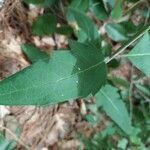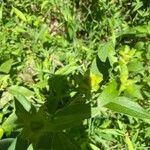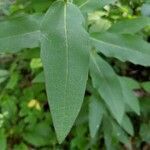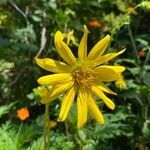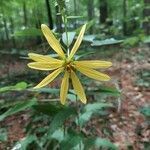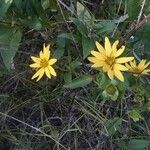Plants caulescent, 30–200 cm; fibrous rooted. Stems terete, glabrous, hirsute, hispid, or scabrous. Leaves: basal persistent or caducous, petiolate or sessile; cauline alternate, opposite, or whorled, petiolate or sessile; blades simple, lanceolate, falcate, or ovate, 1.5–25 × 0.5–5 cm, bases attenuate to round, margins dentate, serrate, or entire, apices acuminate, acute, or obtuse, faces glabrous, hirsute, hispid, or scabrous. Phyllaries 12–26 in 2–3 series, outer appressed or reflexed, apices acute to acuminate, abaxial faces hispid or scabrous. Ray florets 8–21; corollas yellow. Disc florets 35–150; corollas yellow. Cypselae 6–15 × 4–11 mm; pappi 0–5 mm.
